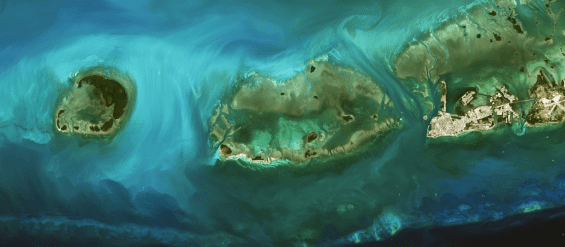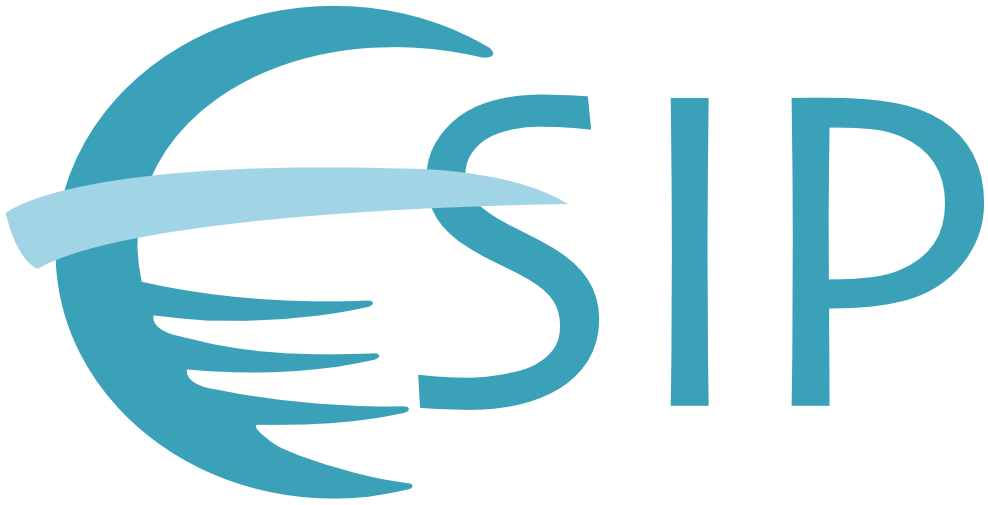Innovation to Impact. See you at the July ESIP Meeting.
The intersection of Biological and Earth sciences provides a robust picture of our dynamic and changing planet. Exploring how both the abiotic and biotic domains interact with each other requires a fundamental understanding of data.
Biological data, however, come in many forms. They are heterogeneous and are often uniquely organized according to project.
The Biological Data Standards Cluster was established to maximize data relevance and use to benefit the study of biodiversity. We facilitate guidance, documentation, training, and community building for the U.S. biological data community.
Upcoming events on the community calendar
Biological Data Standards Primer
The Biological Data Standards Primer provides more context and details for data managers. The infographic started as a quick reference for new biological data managers. They have since expanded to a series of guides built on the primer.
Github Collaboration
In their 2025 January ESIP Meeting session, the Cluster shared how they are using Github as a collaborative tool. Their process provides a way to give structured feedback and ensure the guidelines are accurate and aligned with current standards for biological data.
Cross-Cluster Connections
The Cluster is regularly active at ESIP Meetings and works alongside other ESIP Clusters including the Marine Data Cluster, Schema.org Cluster, and Semantic Harmonization Cluster. They support the Data Stewardship Committee’s data management plans (DMPs).

Why we need biological data standards
Several standards do exist for biological data, however these different data, metadata, and taxonomic standards can be confusing. We seek to make sense of the resources in bio data.
8.7 million
estimate of undescribed species on Earth
100,000
datasets available on GBIF
30x30
goal to protect 30% of habitat by 2030
Cluster History
As noted by an attendee of the IOOS-ESIP Biological Data Standards Workshop, “The diversity of biological data, and (seeming) lack of overarching community standards makes working with biological data challenging.”
Established in 2020, the Biological Data Standards Cluster coordinates with other Clusters to create guidance and offer clarity. The Biological Data Standards Cluster also engages with the Biodiversity Information Standards (aka TDWG) community to ensure approaches adopted by the U.S. community align with those of the global community and to foster increased interaction between the two communities.
The first product from this cluster Biological Data Standards Primer, while an easy to digest resource, does not provide the context data managers need to decide which standards to use for the data they are working with. The guideline documents are intended to be a bridge between the full, lengthy standards documentation, and the short primer quick reference.

